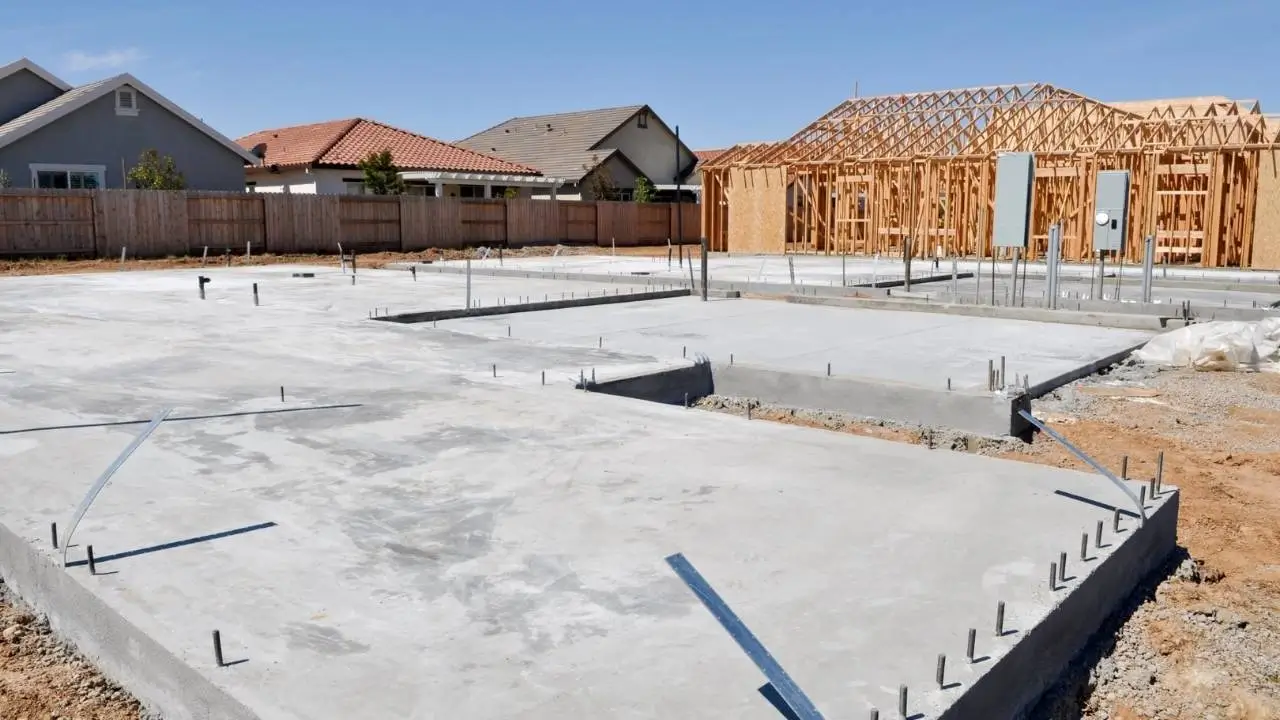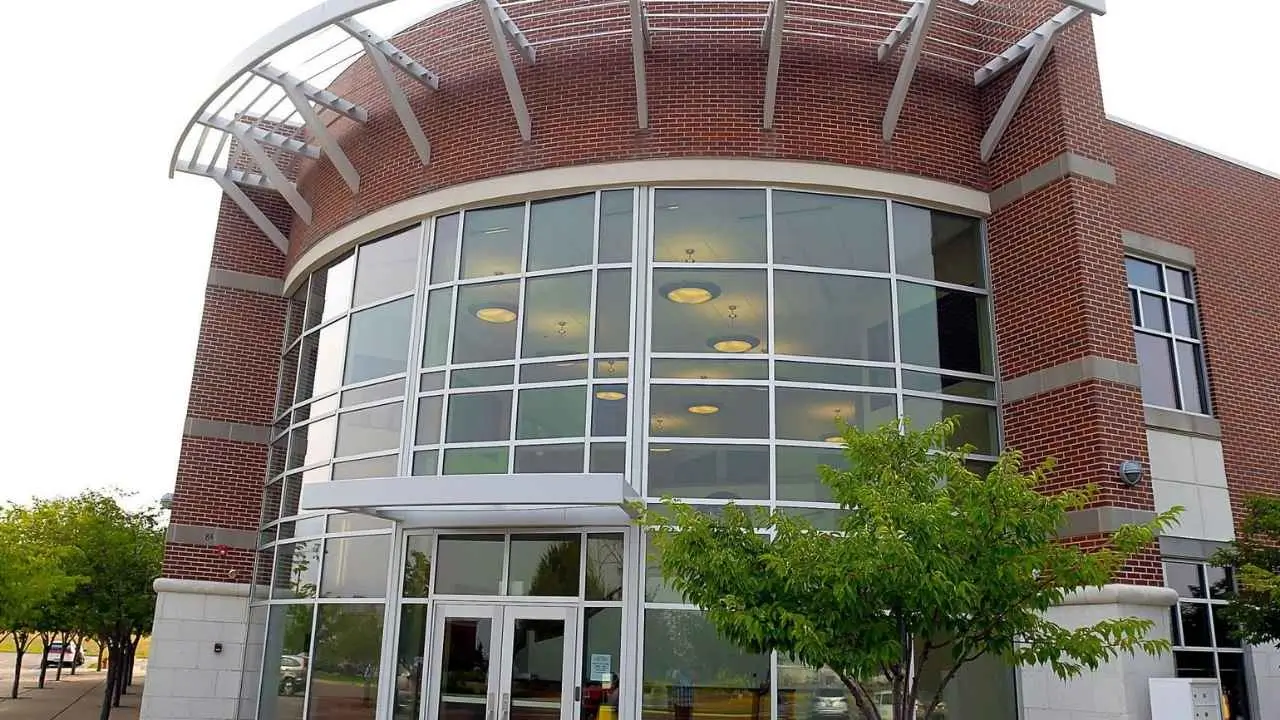Cache County, located in northern Utah, is experiencing a growing conflict over its most vital natural resource—water. As the county’s population expands and agricultural demands continue, an increasing number of parties are fighting to control access to water. These include local farmers, urban developers, city officials, and private corporations, all of whom have competing interests. The ongoing debate has ignited concerns about sustainability, fairness, and long-term resource management.
This issue is more than just a local matter—it represents a microcosm of the broader water challenges faced by communities across the western United States. The situation in Cache County raises vital questions about how the rights to such a critical resource should be allocated, who should have control, and what the future holds for the county’s economic and environmental landscape.

The ongoing water battle in Cache County is far from over, and the outcome will have lasting implications for the region. With growing pressure on water resources from both agricultural and urban sectors, finding a solution that benefits all parties—while ensuring the sustainability of the county’s natural resources—will require careful thought, cooperation, and forward-thinking policy changes.
For now, Cache County’s leaders must continue navigating this delicate balance, aware that the decisions made today will shape the future of the county’s economy, environment, and overall quality of life for years to come.
A Growing Population, a Limited Resource
Cache County’s population has been steadily rising, with over 130,000 residents calling the area home as of the most recent census. This growth places considerable pressure on the county’s already strained water supply, with the demand for water increasing dramatically, not only for daily residential needs but also for agricultural irrigation and future development projects.
In the past, Cache County’s water resources were primarily allocated to support agricultural production. Historically, the county’s farmers have enjoyed access to water from the Bear River and its tributaries, allowing them to grow the crops that sustain the local economy. However, as urban development spreads, particularly in cities like Logan, the demand for water in residential and commercial sectors has risen sharply, forcing local officials to reconsider how to allocate this precious resource.
While the area’s agricultural community has long held water rights, the expanding urban population has made it increasingly difficult to balance the needs of rural agriculture with the demands of city development. The issue of water rights in Cache County, like many parts of the West, is governed by a “first in time, first in right” system. This means that those who first claimed access to the water have priority, regardless of how the water is used today. This system has made it difficult for newcomers, including urban developers, to secure water for new housing or commercial development, fueling the tension between agricultural interests and urban needs.
The Battle Between Farmers and Urban Developers
At the center of Cache County’s water dispute is the ongoing battle between farmers and urban developers. Farmers, who have held water rights for over a century, are fiercely protective of their access to the Bear River and other local water sources. In their view, these resources are vital to their operations and, by extension, the local economy.
Farmers argue that without adequate water, they will not be able to sustain their crops, leading to reduced food production and potential economic losses. Some local farmers are also concerned about the potential for urban development to undermine their long-standing water rights, as the city expands and developers purchase rights to water for new projects.
On the other side of the equation are the urban developers, who are struggling to secure enough water to meet the needs of an expanding population. As housing projects, commercial developments, and new infrastructure projects are planned, developers face a growing shortage of available water. This shortage threatens the county’s ability to accommodate its growing population, and many developers believe that securing water rights is key to the region’s future.
The Role of Private Corporations in the Water Battle
In recent years, private corporations have also entered the fray, seeking to capitalize on Cache County’s water resources. These companies typically purchase water rights from farmers, often with the intention of using the water for development purposes. While this may seem like a viable solution for developers, it has raised alarm bells among farmers, environmentalists, and some local officials.
Private companies purchasing agricultural water rights to supply urban areas can disrupt the delicate balance between farming and development. Once water is transferred from agricultural use to urban development, it may be difficult to return it to farming, potentially jeopardizing local food production. Furthermore, critics argue that the influx of private corporations into the water market may prioritize profits over sustainability, which could have lasting environmental consequences for Cache County.
Dr. Anya Sharma, a senior fellow at the Brookings Institution, explains that “when water rights are bought and sold like commodities, it introduces a new level of unpredictability into the system. There needs to be a balance between economic development and the protection of critical resources for agriculture and the environment.”
The Legal and Institutional Framework of Water Rights
Water rights in Cache County, and in much of the western United States, are governed by a legal framework that dates back to the 19th century. Known as “prior appropriation,” the system prioritizes water claims based on who first diverted the water for beneficial use. This means that early settlers who established farms and irrigation systems have priority over those who may seek to develop urban infrastructure today.
In Utah, the Division of Water Rights oversees the distribution and regulation of water resources. The agency works with farmers, developers, and municipalities to allocate water in accordance with state laws. However, this system has its challenges. As Dr. William Johnson, a water policy expert at the University of Utah, notes, “the system was designed for a very different time and is ill-equipped to handle the competing demands of agriculture, urban development, and environmental protection in the 21st century.”
One significant complication is that the state’s water infrastructure, which was originally designed for agricultural needs, is struggling to meet the demands of urban growth. In addition, the allocation of water rights in Cache County has not kept pace with the increase in population and economic development.
Environmental Impact and Sustainability Challenges
Another crucial aspect of the water debate in Cache County is its environmental impact. Over-extraction of water from the Bear River and other local water sources can have lasting effects on local ecosystems. The Bear River, which provides water for both agriculture and urban use, has already seen declining water levels in recent years, raising concerns about the sustainability of current water management practices.
Dr. Emily Hayes, an environmental scientist at Utah State University, warns that “unsustainable water extraction could lead to the degradation of local wetlands, wildlife habitats, and aquatic ecosystems. If we do not adapt our practices now, we risk irreparably damaging the environment.”
Additionally, Cache County, like much of the western United States, is grappling with an ongoing drought that has exacerbated water scarcity. The reduced snowpack in the region, which feeds into local rivers and reservoirs, has resulted in decreased water availability. As a result, the county is under increasing pressure to find ways to conserve water while still meeting the needs of its growing population.
The Future of Cache County’s Water Resources
Looking ahead, Cache County faces difficult decisions regarding how to manage its water resources. Experts agree that sustainable water management practices must be implemented to ensure that the county’s resources are available for future generations. The county has begun exploring options such as water recycling, improved irrigation systems, and the construction of new reservoirs to help meet growing demand.
In addition, community involvement and collaboration between farmers, developers, and government officials will be essential to finding a solution that balances the needs of all stakeholders. According to Cache County Water District Director, John Timmons, “the key to resolving this issue will be finding common ground. We need to work together to ensure that we can meet the needs of everyone, from farmers to city residents, while protecting the environment.”
Cache County’s Secret Plan to Solve the Water Shortage by 2030 — What You Need to Know
FAQs About The Untold Story of Cache County’s Water Battle
What are water rights in Cache County?
Water rights in Cache County are based on the “first in time, first in right” principle, where those who first diverted water for beneficial use have priority.
Why is water in Cache County so contested?
Water in Cache County is contested because of increasing demand from both agriculture and urban development, coupled with limited water resources, compounded by the effects of drought.
How are private corporations involved in the water struggle?
Private corporations have entered the market by purchasing water rights from farmers, leading to concerns that the water will be diverted away from agriculture to urban development.
How can Cache County balance water demands?
Solutions include investing in water-saving technologies, improving infrastructure, and fostering cooperation among farmers, developers, and government officials to ensure sustainable water us.

















